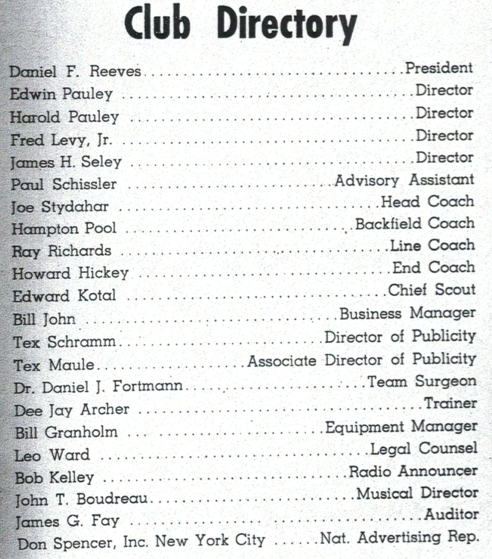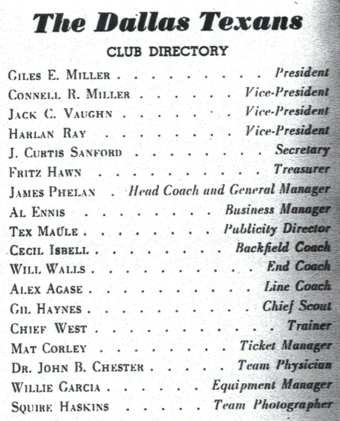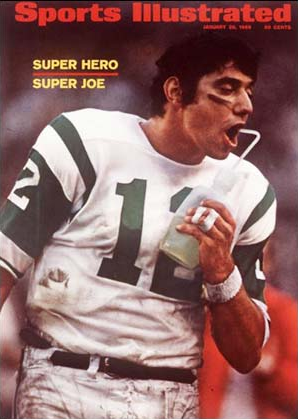Predicting the final score of the Super Bowl is an invitation to make a fool of yourself. Every year, though, media folk — and even more non-media folk — give it a shot, just for “fun.”
The greatest of all NFL title game predictions is the one John Steadman made in the Baltimore News-Post before the sudden-death classic between the Baltimore Colts and New York Giants in 1958. Steadman thought long and hard about it, may even have availed himself of a palm reader, and somehow came up with 23-17 — right on the money.
(What’s overlooked about this story is that 23-17 was, at the time, a very unusual score. There had been only four 23-17 games in NFL history before the Sudden Death Game — the first, interestingly enough, being the Packers-Giants championship game in 1938.)
At the opposite end from Steadman’s is the pick Sports Illustrated’s Tex Maule made a decade later when the Colts met the New York Jets in Super Bowl III. This, too turned out to be a historic game, because the Jets, 17-point underdogs, upset the Colts, 16-7, to give the AFL its first win over the established NFL. Anyway, Maule, SI’s pro football writer, miscalculated by just a shade. He had the Colts winning, 43-0.
But, hey, don’t take my word for it. Here’s a story that ran in the Oakland Tribune the week of the game:
MIAMI — Among Super Bowl writers, it’s Baltimore Colts, 49-6, with a lot of coward’s abstentions.
There are a record 367 credentialed working pressmen here covering the [Super Bowl], but a poll finds only 49 picking the Colts and a slim six writers going for the New York Jets. . . . Tex Maule of Sports Illustrated showed his NFL affection with a 43-0 Baltimore pick.
The results of the unscientific poll were no great surprise. The Colts had suffered only one loss all season, to the Browns, and had avenged it in the NFL title game with a blowout 34-0 victory at Cleveland. The Jets, meanwhile, had gone 11-3 in a supposedly inferior league and had barely gotten past the Raiders in the championship game.
But 43-0? The scores of the first two Super Bowls had been 35-10 (Packers over Chiefs) and 33-14 (Packers over Raiders). How on earth did Maule come up with 43-0?
Well, to be blunt about it, Tex was an NFL loyalist whose attachment to the league sometimes clouded his vision. A writer like that would have a hard time functioning today. He’d be crucified on sports talk shows, burned at the stake on Twitter and have his face ripped off on Facebook. But the world was a much different place in January 1969.
Before Maule went to work for SI, you see, he’d been a publicist for not one but two NFL teams. He was an assistant with the Rams from 1949 to ’51 . . .
 . . . and he was the head guy for the Dallas Texans in 1952 (after which they folded and the franchise moved to Baltimore).
. . . and he was the head guy for the Dallas Texans in 1952 (after which they folded and the franchise moved to Baltimore).
 By the way, did you notice the name above Maule’s in the Rams directory? None other than Tex Schramm, who helped turn the Cowboys into “America’s Team” in the ’60s and ’70s. Frank Finch of the Los Angeles Times thought the Schramm-Maule duo was so hysterical that he’d go around telling people the Rams were the only club in the league with co-Texes.
By the way, did you notice the name above Maule’s in the Rams directory? None other than Tex Schramm, who helped turn the Cowboys into “America’s Team” in the ’60s and ’70s. Frank Finch of the Los Angeles Times thought the Schramm-Maule duo was so hysterical that he’d go around telling people the Rams were the only club in the league with co-Texes.
(It was all so cozy back then. Consider: When Schramm left his sportswriting job at the Austin American in the late ’40s to work for the Rams, it was Maule who replaced him. A couple of years later, Schramm needed help in the PR department and, you guessed it, brought Maule out to L.A. Then Maule returned to Texas to take the job with the Texans, and who did Schramm fill the position with? University of San Francisco SID — and future NFL commissioner — Pete Rozelle.)
But returning to Maule . . . his love for the NFL knew few bounds. And loving the NFL meant looking down on the scrappy, rival league that had sprung up to challenge it in the ’60s. In the issue of SI that was published before the Super Bowl, Tex laid out his worldview:
In evaluations of the two teams, most experts, for unfathomable reasons, have conceded the Jets an edge at quarterback. Both [the Jets’ Joe] Namath and [the Colts’ Earl] Morrall were selected Most Valuable in their leagues, but Namath certainly can claim no clear-cut superiority over Morrall. . . .
As usual, the AFL players base part of their hopes for victory on the rather tenuous claim that since football is a game of emotion, they will outemotion the NFL. But Las Vegas bookmakers, a group not known for emotional display, figure the Colts to be 17 points better than the Jets, which is probably conservative. . . .
Because the AFL had to compete with the NFL for the best of the college seniors during the first five years of its existence a kind of natural selection worked against the new league’s acquisition of players with the self-confidence and desire to excel against the best. . . . The rest of the AFL players in those formative years came over from the NFL. They were mostly athletes who preferred to switch rather than fight for their positions in the NFL.
This situation, of course, no longer applies. With the common draft of the last two years, the AFL is getting its share of the truly competitive, gung-ho athletes and it will soon achieve parity with the NFL. But that parity has not yet been reached, and the Colts should demonstrate this with an authority that may shock Jets fans.
To summarize: In the pre-Super Bowl years, the AFL was essentially populated by gutless losers who either signed with the league out of college because they “lacked the self-confidence and desire to excel against the best” or fled the NFL because the competition was too tough. Maule couldn’t even look at the two quarterbacks — Namath, a future Hall of Famer with a cannon arm, and Morrall, a 34-year-old journeyman who was 30-32-2 as a starter going into that season — and admit, yeah, the Jets might have the advantage there.
And SI actually printed this propaganda. Amazing, huh?
 You already know how it turned out. Morrall did the “unfathomable,” throwing three interceptions and getting badly outplayed by Namath. Indeed, the Colts might have been shut out if aging, ailing Johnny Unitas hadn’t came off the bench to drive them to a fourth-quarter touchdown.
You already know how it turned out. Morrall did the “unfathomable,” throwing three interceptions and getting badly outplayed by Namath. Indeed, the Colts might have been shut out if aging, ailing Johnny Unitas hadn’t came off the bench to drive them to a fourth-quarter touchdown.
Maule’s post-game piece was more complimentary of Namath and the Jets, but you could picture him typing the words with clenched teeth. “Broadway Joe is the folk hero of the new generation,” he began. “He is long hair, a Fu Manchu mustache worth $10,000 to shave off, swinging nights in the live spots of the big city, the dream lover of the stewardi — all that spells insouciant youth in the Jet Age.”
Toward the end there was this: “So the era of John Unitas ended and the day of Broadway Joe and the mod quarterback began. John is crew cut and quiet and Joe has long hair and a big mouth, but haircuts and gab obviously have nothing to do with the efficiency of quarterbacks.”
It was as if, in Tex’s eyes, the final scoreboard read: Hippies 43, Establishment 0.
